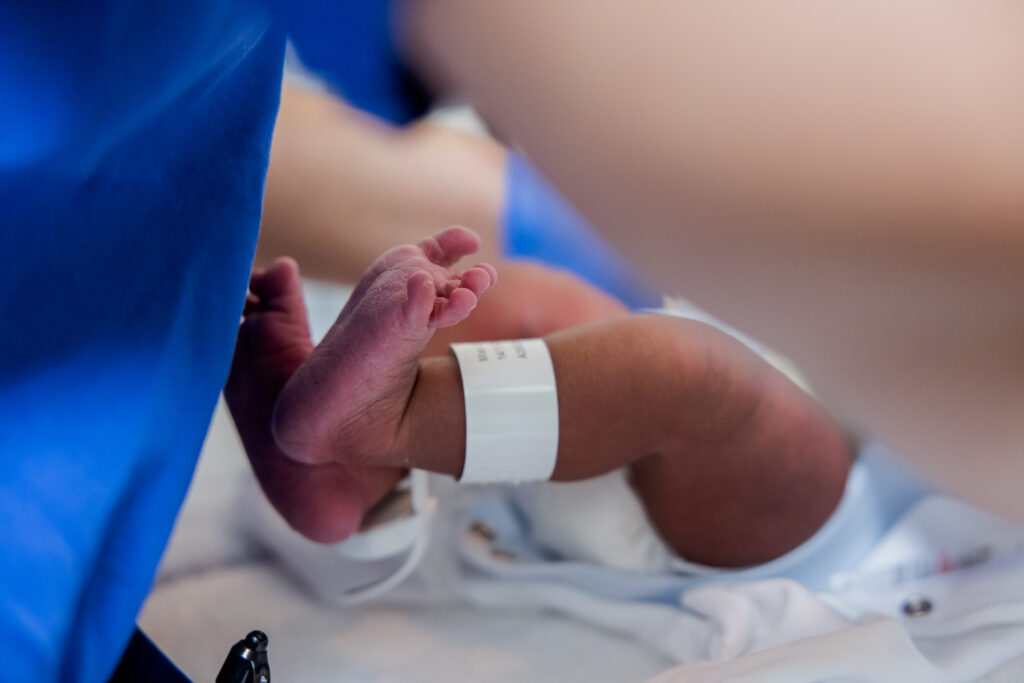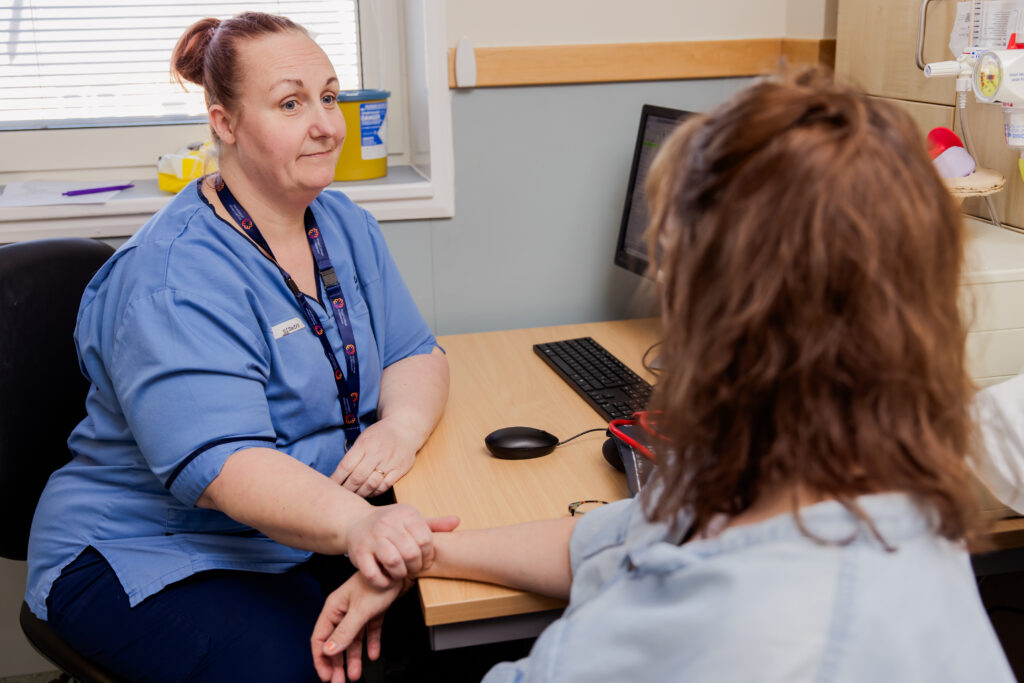The Royal College of Midwives (RCM) is reassured that the Government has acknowledged the issues raised by the House of Lords Preterm Birth Committee report on Preterm birth: reducing risks and improving lives, particularly as the focus of this inquiry is on improving care for groups most at risk.
The College says this is a positive step from Government and it looks forward to working with them and other stakeholders to ensure women and families who experience preterm birth receive appropriate care and support. The RCM is also pleased that the House of Lords carried out the report in the first place as it ensures the issue is on the political radar.
Preterm birth, affecting 8.1 percent of all births in England in 2023, remained the leading cause of neonatal death and illness. While England’s preterm birth rate was lower than in some countries, inequalities persist, with Black and Asian women more likely to experience preterm births than white women.
Despite progress, the report emphasises persistent inconsistencies in care, workforce challenge, and inadequate maternity infrastructure, which contributed to disparities and impact service delivery. The Government agreed with the report’s findings and recommendations, particularly regarding the need for improvements in care.
Clare Livingstone, Professional Advisor Policy and Public Health at the RCM, says:
“There are multiple contributory factors which have been identified in relation to preterm birth and, given its complexities, the exact causes are often not fully understood. However, evidence shows that continuity of midwifery care and smoking are the two main factors.
“More support needs to be given to Trusts to assess population groups who would most benefit from receiving continuity of care throughout the perinatal period. In addition, the College has previously called for more investment on multiple fronts to continue reducing smoking in pregnancy rates. Now we need action.”
The RCM has produced a Maternity Disadvantage Assessment Tool (MatDAT) to support midwives and maternity support workers in assessing women’s needs.


